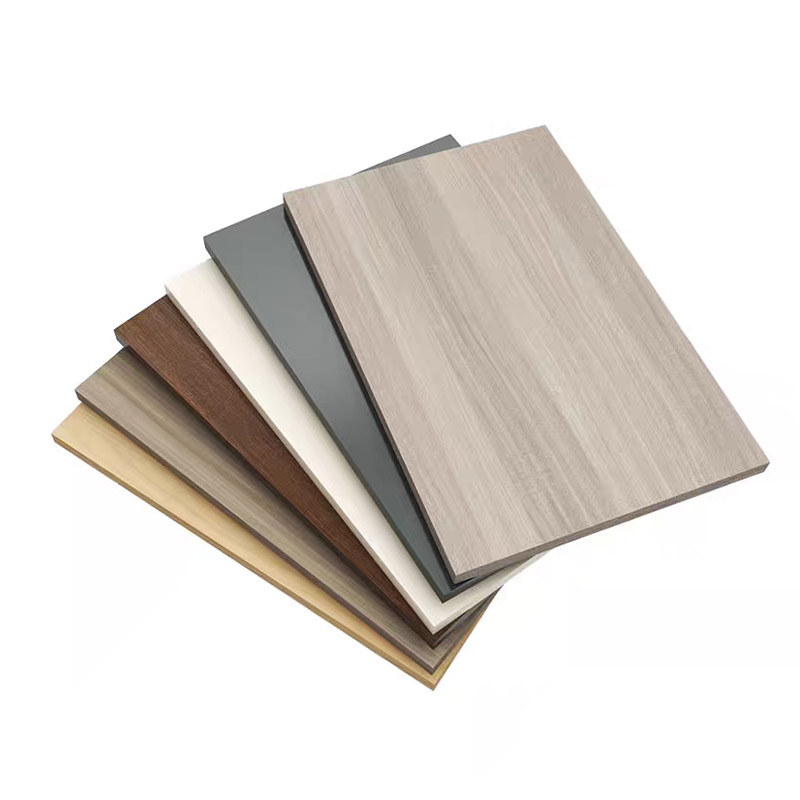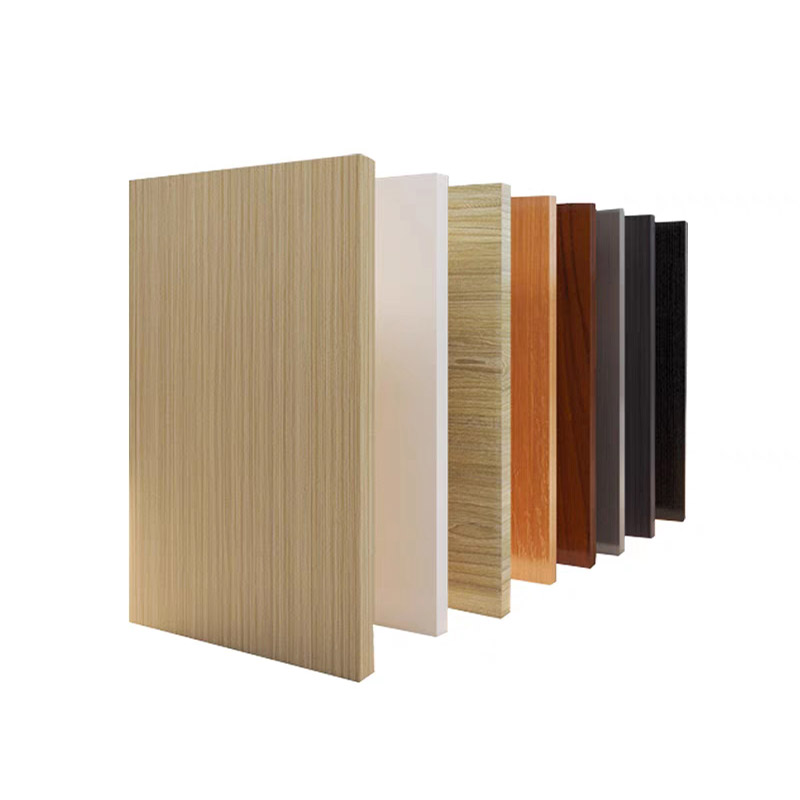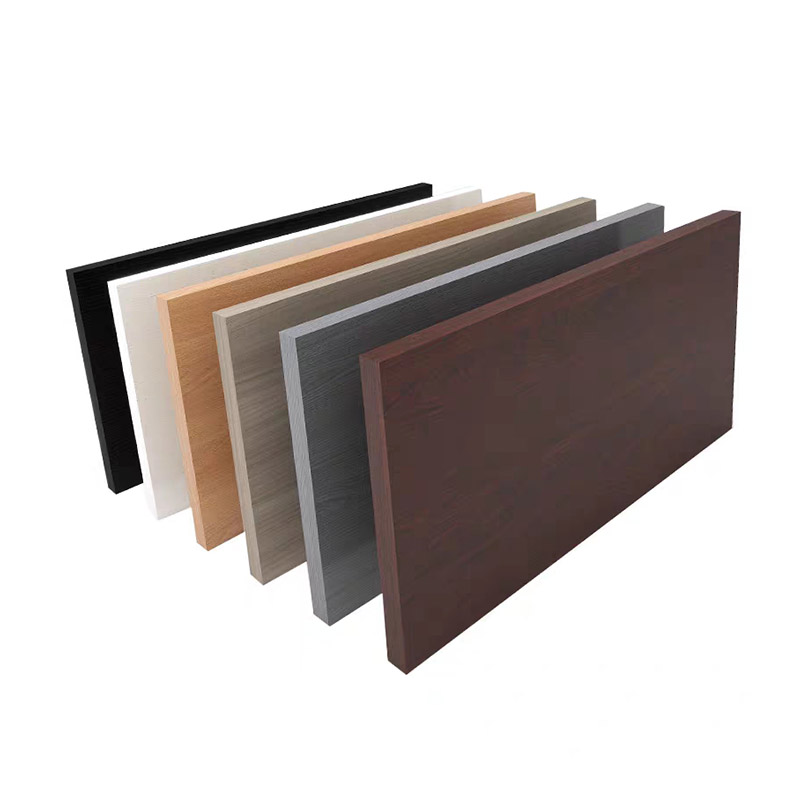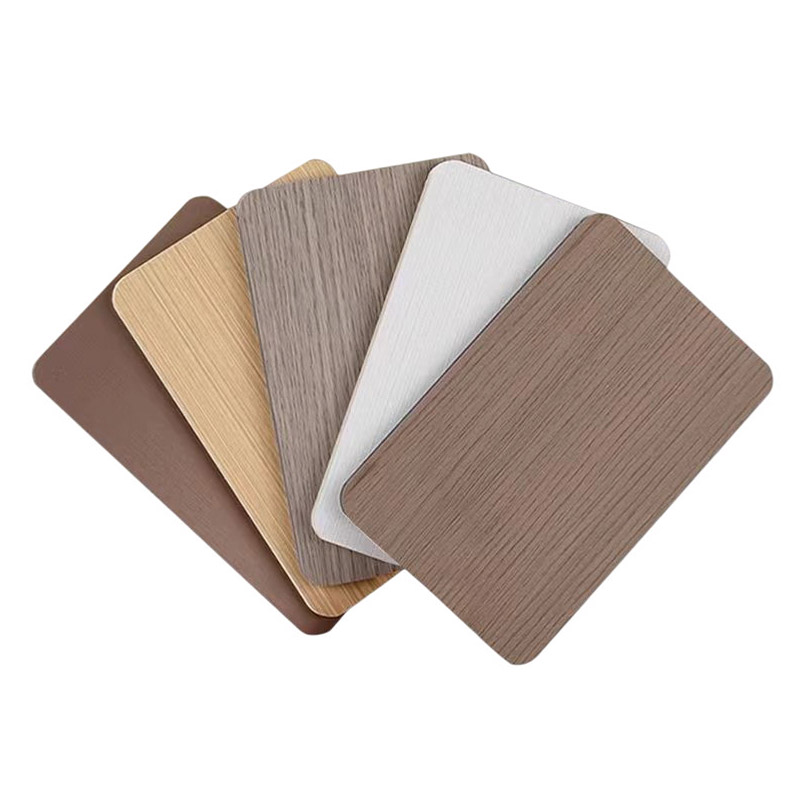Film Faced Plywood: Choosing the Right Type for Your Needs
Have you ever encountered such a situation: You spent a lot of money on film faced plywood, which the merchant claimed to be a “universal board”, but it didn’t take long before problems started to arise? Is it the poor quality of the board or have we used it in the wrong place? Today, let’s have a good talk about the correct way to open and use film faced plywood, so that you can choose and use it right and avoid making mistakes!
Table of Contents
Why does your film faced plywood always have problems?
“It’s clearly said to be a waterproof board. How come it starts bubbling after only half a year of use?” ” I believe many people have such doubts. In fact, it’s very likely that you haven’t figured out the requirements for waterproof grades in different scenarios. The waterproofing requirements for bathrooms and kitchens are different, and the environments of balconies and basements also vary. The “universal waterproofing” promoted by suppliers is likely to only work under specific conditions.
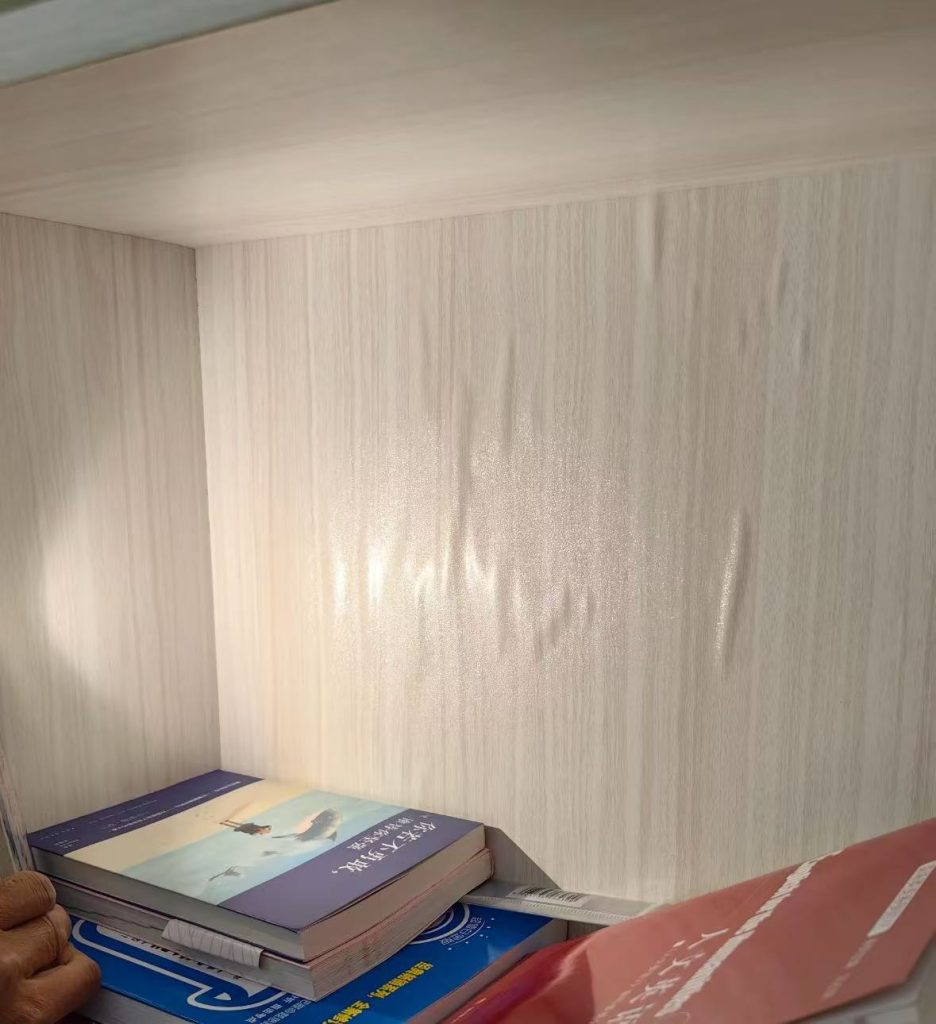
There is also a frustrating environmental issue: “The eco-friendly board I bought at a high price still exceeds the standard when tested?” This is because the requirements for environmental protection standards for indoor and outdoor uses are different. Some merchants play word games on environmental protection certifications. For instance, they only mention that the formaldehyde emission is up to standard but do not specify the testing environment and conditions. As a result, if you buy it and use it in a closed space, the problem of exceeding the standard will occur.
There are also many problems in terms of wear resistance: “It was promised to be wear-resistant and durable, but the scratches are so obvious?” The wear resistance requirements for commercial Spaces and household use are quite different. In stores, people are constantly coming and going, and the wear resistance requirements for the boards are naturally higher. However, some suppliers, in order to promote sales, will exaggerate the effect of the surface treatment process, making you mistakenly think that you have bought a “wear-resistant king”, but in fact, it is not durable.
Core Usage Analysis – Only by matching the requirements can waste be avoided
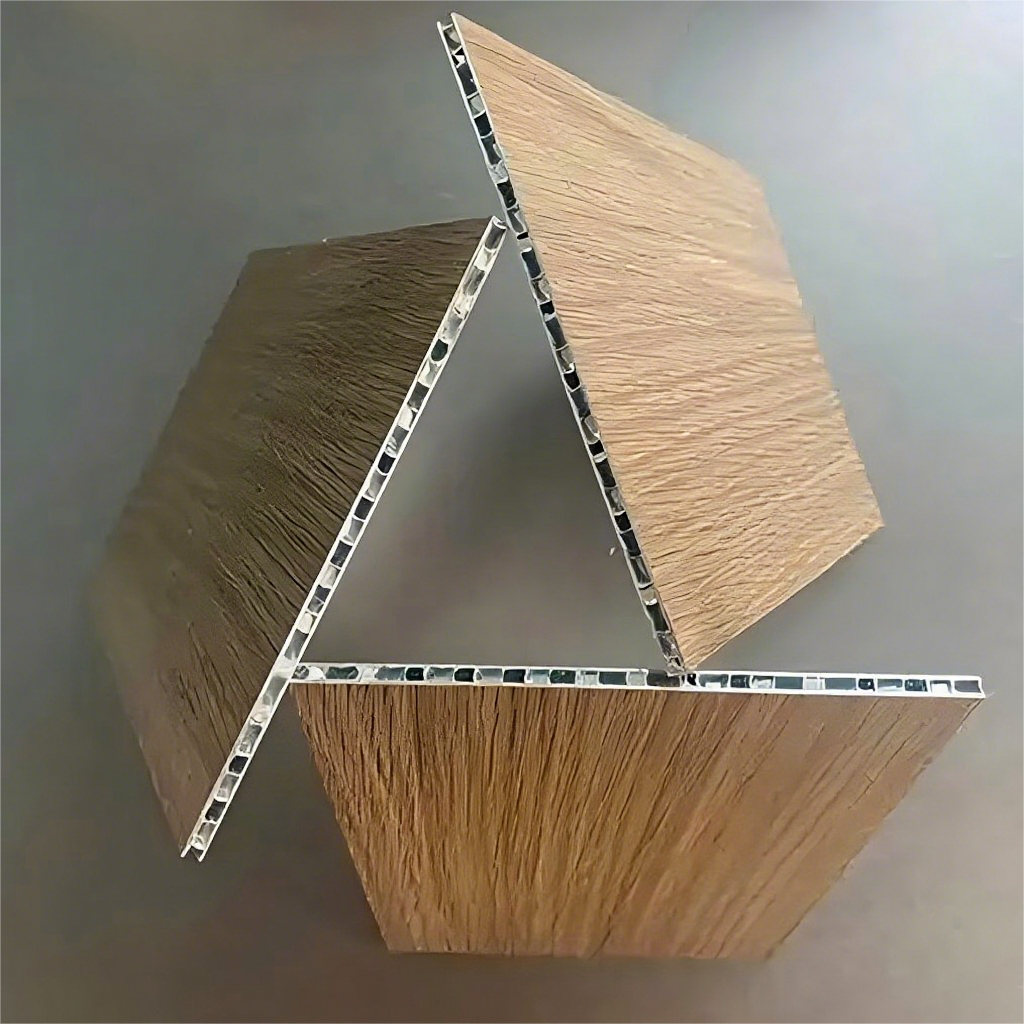
1. Decoration and renovation field
Background wall application: Why do some boards deform within three months after installation?
The background wall is the face of decoration, but many people find that the film faced plywood background wall starts to deform not long after installation. This is mainly because the matching of the moisture content of the board and the environmental humidity was not taken into account. In humid areas, it is advisable to choose film faced plywood with better waterproof performance. It is recommended to select multi-layer solid wood base materials, which are 30% more expensive but can last for more than five years. Moreover, when installing, proper expansion joints should be left to prevent deformation caused by thermal expansion and contraction.
Ceiling materials: How to avoid joint cracking caused by thermal expansion and contraction?
The most feared thing for film faced plywood used in the ceiling is the cracking of the joints. Apart from the craftsmanship issues during installation, the selection of materials is also crucial. It is necessary to choose boards with uniform density and good stability. Moreover, based on the height and area of the room, the structure of the ceiling should be reasonably planned to reduce the impact of thermal expansion and contraction.
Cabinet panel: High-gloss vs. matte. Choosing the wrong one will affect the overall grade
The choice of cabinets directly affects the overall design appearance. High-gloss panel designs look elegant and luxurious, however they are susceptible to leaving scratches and marks which makes them ideal for areas with a low frequently, like living rooms. The matte panel has a smooth texture, is impervious to dirt and wear-resistant. It is better suited for cabinets in kitchens as well as bedrooms. The wrong choice of gloss is not just detrimental to the appearance but also adds to the hassle of cleaning.
2. Furniture manufacturing field
Office furniture: How to choose the wear resistance grade for Frequent use?
Office furniture is used frequently, especially desks and chairs, which are often subject to friction and collision. When choosing film faced plywood, pay attention to the wear resistance grade of the board and select products with high surface hardness and thick wear-resistant layer. Although the price might be a bit higher, in the long run, it can reduce the replacement cost.
Custom furniture: Special requirements for base materials in irregular processing
Custom-made furniture often has the need for irregular processing, such as curved cabinets and round tabletops. In this case, the needs for the basis material are more stringent. It is essential to select film faced plywood that is flexible and less susceptible to cracking. Otherwise it can easily be damaged in the process which can affect the appearance and quality of furniture.
Outdoor furniture: What’s the price difference between ordinary lamination and special treatment?
Outdoor furniture is exposed to wind, sun and rain all year round, and thus has very high requirements for the weather resistance of the boards. Ordinary film faced plywood may fade and crack in a short time. However, outdoor-specific film faced plywood that has undergone special treatment is more expensive, but it has better UV resistance, water resistance and anti-corrosion performance, and a longer service life. Calculated, it offers a higher cost performance.
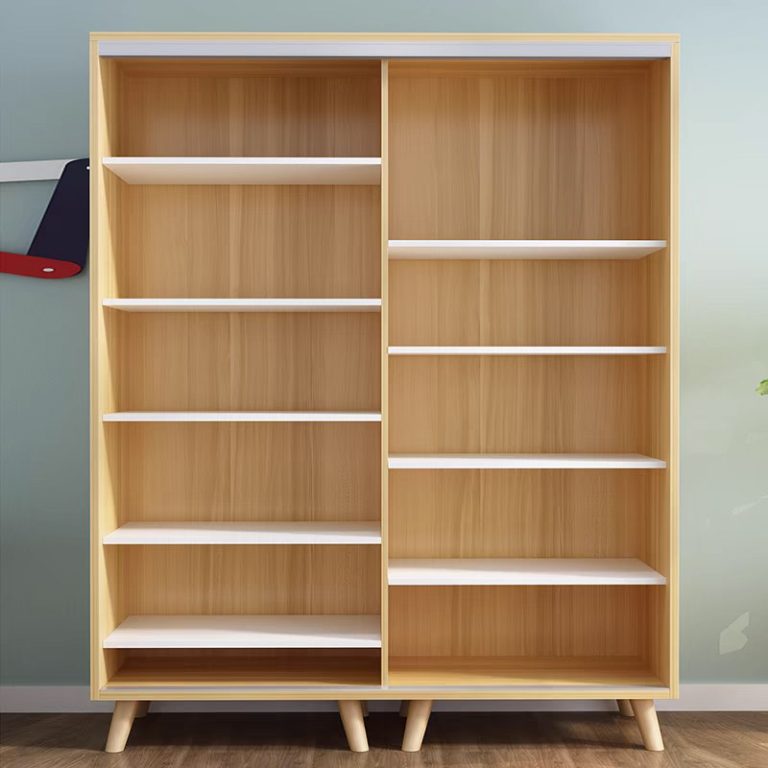
3. Commercial space application
Store decoration: How to choose an area with high foot traffic?
When decorating a store, the factor of high foot traffic should be taken into account, especially in areas such as the entrance and corridors, where the boards are prone to wear and tear. In these places, film faced plywood with the strongest wear resistance and impact resistance should be selected, such as products with specially hardened surfaces. Although the initial investment is high, it can reduce the maintenance and replacement costs in the later stage.
Exhibition Display: Should One pay a high price for short-term use?
Exhibitions and displays are usually for short-term use, and many people think there is no need to buy overly expensive film faced plywood. In reality, it isn’t the case. If you choose boards that aren’t of the highest quality issues like color distortion and peeling of the surface could occur, which can impact the effect of the exhibition. Based on the importance of the exhibit and the budget, you may choose middle-to-low-end boards with superior performance, however it’s important to be aware of the essential quality requirements.
Hotel Engineering: How to Avoid the Hidden Costs of Frequent Replacements?
Hotel engineering has comparatively demanding requirements for panels which must be attractive and long-lasting. If a low-quality laminated wood is used to cut costs, it could have to be replaced in some years. This does not just increase the cost of decoration but also impacts the regular functioning in the operation of the hotel. In hotels, it is essential to choose materials that are durable in their quality and durable in their performance. While the initial investment may be significant, it will be cheaper over the long term.
4. Special scenario applications
Laboratory environment: How to test corrosion resistance?
In the laboratory, various chemical reagents are often encountered, and the corrosion resistance of film faced plywood is highly demanded. However, many suppliers themselves are not clear about how to test the corrosion resistance of the plates. They simply say “acid and alkali resistance“. In fact, the correct approach is to ask the supplier to provide relevant test reports or conduct simple tests yourself, such as applying common chemical reagents to the surface of the board to observe if there is any corrosion.
Medical facilities: Verification of the real effect of antibacterial treatment
Medical facilities require that the boards have antibacterial functions to reduce the breeding of bacteria. However, the antibacterial treatment promoted by some merchants is only superficial, and the actual effect is not satisfactory. When making a choice, you can ask the merchant to provide an antibacterial test report and understand the process and principle of antibacterial treatment to avoid being misled by false advertising.
Interior of transportation vehicles: Durability requirements in vibrating environments
The interiors of transportation vehicles, such as the carriages of cars and trains, are often in a vibrating environment, and thus have very high requirements for the durability of film faced plywood. When the construction of a board isn’t solid enough, issues like cracking and loosening are likely to arise. When choosing materials, select materials with a large density and a compact design and be aware of the results of their tests in a thumping environment. Expert advice: In areas that are prone to foot traffic, it’s recommended to pick commercial grade materials with wear resistance greater than 6 000 rotations per minute.
Tips For Avoiding Pitfalls In Material Selection
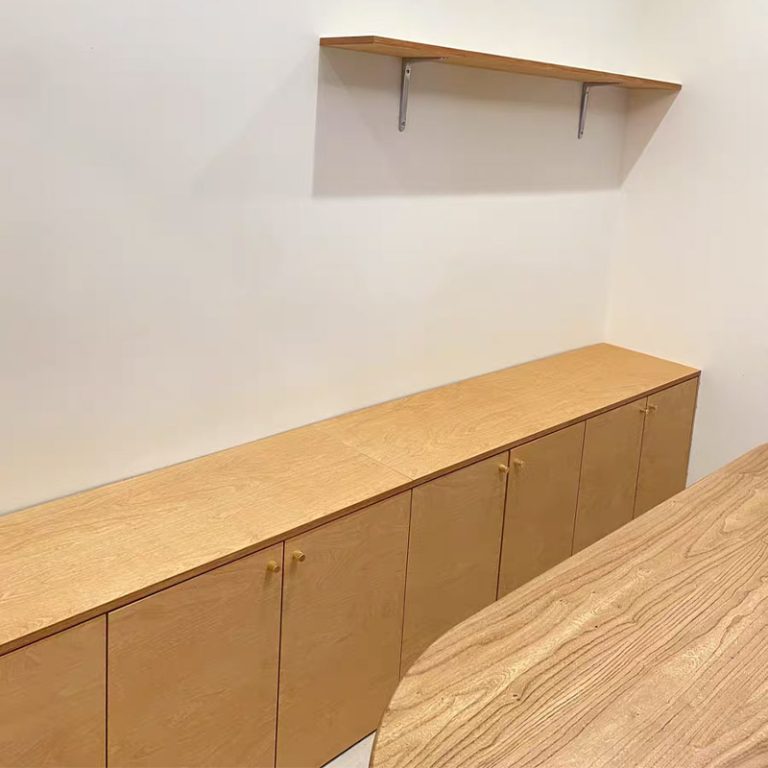
Price secret:
Both are marked “E0 environmental protection“, why can the price difference reach 30%? The secret lies in the substrate and film thickness:
- Low-priced boards often use recycled materials as substrates
- The film thickness may be only 80% of the nominal
- It is recommended to carry a caliper with you, and on-site measurement is the most reliable
Thickness trap:
18mm board is actually only 17mm? In order to save costs, some unscrupulous merchants will tamper with the thickness of the board, nominally 18mm, but actually only 17mm or even thinner. Teach you a measurement trick: Use a vernier caliper to measure at different positions of the board, at least three points. If the average value and the nominal value differ by more than 0.5mm, be careful. If you can, be sure to measure it yourself.
Supplier rhetoric cracking:
“Military grade” and “Aviation grade” are they true or false? In order to raise the price of their products, many suppliers will use some exaggerated words to promote, such as “military grade quality” and “aviation grade standards”. But in fact, there is no clear industry standard for these terms, and they are often just marketing tools. How to identify exaggerated propaganda? It’s simple. Ask suppliers to provide relevant certification documents and test reports, and let the data speak for themselves. If they can’t produce them, they are probably just bragging.
Future Trends: Selection strategies under the impact of new materials
Now there are many new materials on the market, such as stone plastic board, aluminum plastic board, etc., which have formed a certain impact on film-faced plywood. What is the true cost-effectiveness of these alternative products? Stone plastic boards have good waterproof, water-proof, and wear-resistant qualities, but the cost is quite expensive. Aluminum plastic board is a light weight and has a high strength However, the sound and heat-insulation properties aren’t as effective as the film-faced plywood. Therefore, when making a choice the right type of board, you must consider it in accordance with the particular requirements and usage situations but don’t just simply follow the trends.
Customized lamination is an emerging trend. The pattern, texture and even the feel can be personalized in accordance with the requirements of clients. This is an excellent option for a bespoke design and furniture manufacturing that can satisfy the aesthetic and practical requirements of a variety of customers.
Ultimate Suggestion: Use Determines Everything
“It’s not that the board is bad, it’s that you don’t use it in the right place!” This sentence makes a lot of sense. Film-faced plywood has a wide range of uses, but each use has its specific requirements. When choosing and using it, you must first clarify your needs and choose the right board according to the environmental conditions, functional requirements and other factors of the usage scenario. Only by choosing and using the right products can the film-faced plywood be used to its maximum value and problems avoided.

